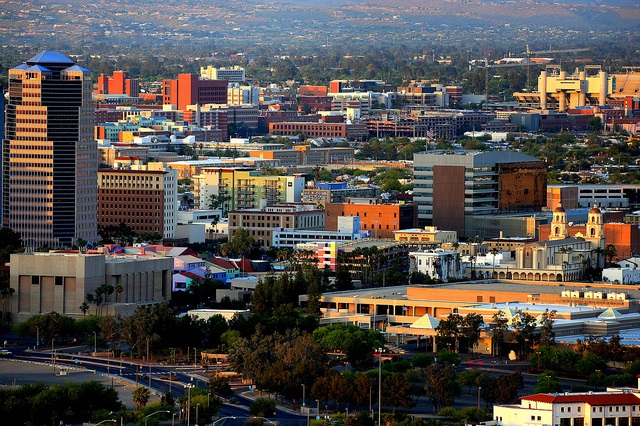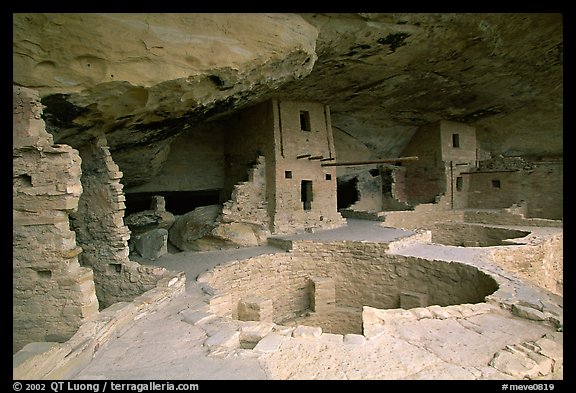
lunatus L.), jack beans ( Canavalia ensiformis (L.) DC.), mixta, butternut, and pepo squashes ( Cucurbita argyrosperma K. Hundreds of miles of large and technologically complex irrigation canals and ditches delivered water to crops of maize ( Zea mays L.), tepary beans ( Phaseolus acutifolius A. 300-1450, the Hohokam developed a sophisticated and intensive agriculture system along the Gila, Salt, San Pedro, Santa Cruz, and Verde Rivers and their tributaries.

Their agrarian society emerged from local Archaic hunting and gathering groups who inhabited the area (Andrews and Bostwick 1997) and cultivated maize beginning at least 4000 yr ago (Mabry 2005). The Hohokam, who farmed the Sonoran Desert in present-day central and southern Arizona, were greatly influenced by pre-Colombian Mesoamerican cultures and cultigens. There are no ethnographic accounts of the Hohokam culture that can inform archaeologists or ethnobotanists about these fields. By the time Spanish explorers arrived in the mid-1500s in what is now Arizona, the Hohokam material culture and agricultural land use pattern no longer existed as there was a severe population decline that started ca. Because stands of living agaves were absent from field localities, researchers could only speculate about the species cultivated and whether Hohokam farmers grew wild local populations or perhaps Mexican cultigen/domesticates obtained by trade.

Archaeologists proposed that pre-Columbian residents of southern Arizona, the Hohokam, practiced large-scale agave cultivation as evidenced by the many thousands of acres of agricultural features such as rock pile fields and rock alignments, characteristic stone tools for harvesting and processing agave, and large roasting pits used to cook agave (Miksicek 1984 Fish et al. The importance of agave as a source of Native American food, fiber, and beverage has been well documented (Castetter et al.


 0 kommentar(er)
0 kommentar(er)
